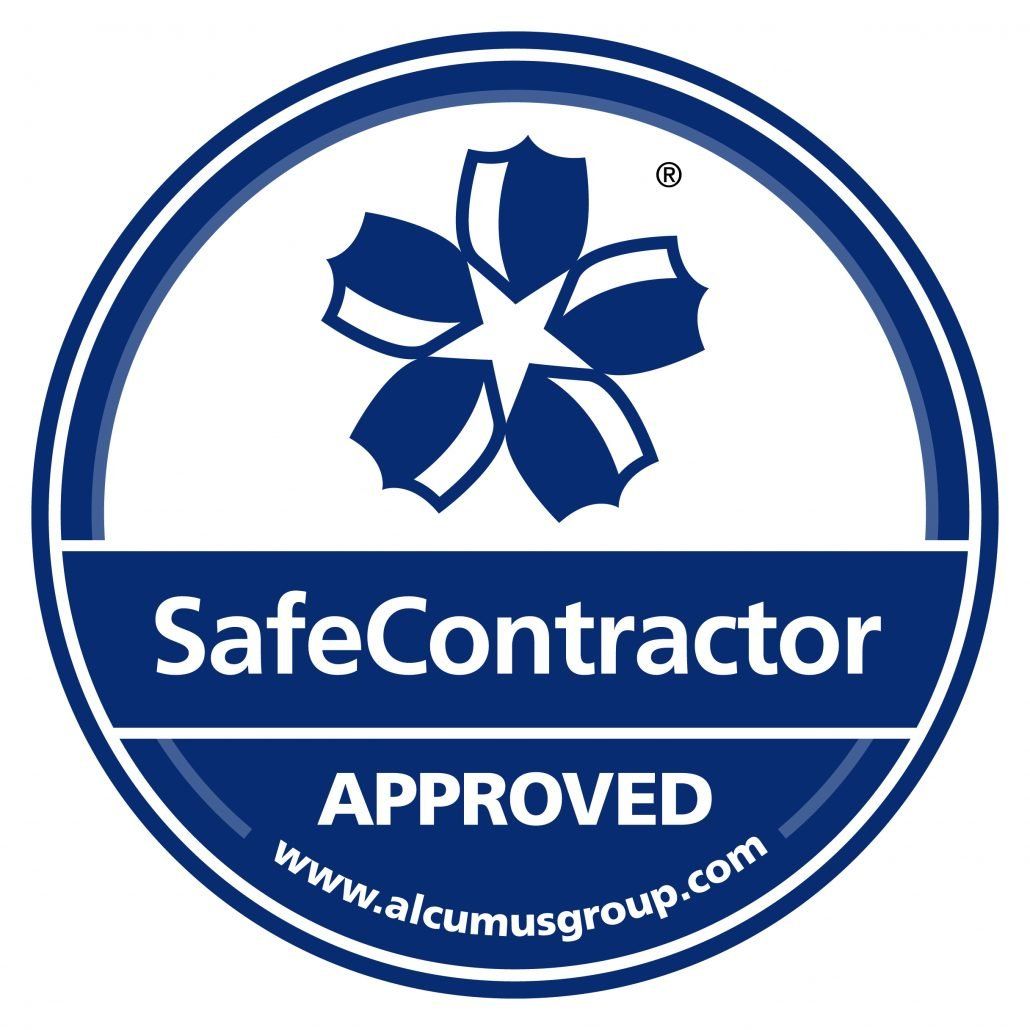Extensive knowledge
Telephone: 01603 784 784
Mobile: 07919 377 289
The Union Building,
51 - 59 Rose Lane,
Norwich, NR1 1BY



Years of experience

Professional Indemnity & Public Liability Insurance
FAQs
FAQ (FREQUENTLY ASKED QUESTIONS)
What Are The Health Effects From Asbestos Exposure?
Asbestos related diseases are caused by breathing in airborne fibres that accumulate in the lungs & can cause disease.
Asbestosis: is a scarring of the lung tissue caused by exposure to asbestos fibres over a period of many years. Exposure leads to a progressive loss of elasticity and lung function & is a slow developing disease with a latency period (time between exposure and disease onset) of 15 to 20 years.
Pleural plaques:
The pleura is a two-layered membrane that surrounds the lungs and lining the inside of the rib cage. If you have been exposed to asbestos it is very common for areas of this membrane to become thickened and to accumulate a chalky material. These areas are called pleural plaques. The disease has a latency period of approximately 20 to 40 years
Mesothelioma:
is a type of cancer that is almost always associated with asbestos exposure. The cancer develops from the thin layer of tissue that covers many of the internal organs (known as the mesothelium). The most common area affected is the lining of the lungs (pleura) or more rarely, the lining of the abdominal cavity (peritoneum). Mesothelioma has a long latency period, averaging between 35 to 40 years; however this may vary between 15 and 67 years.
Lung Cancer:
is caused when abnormal cells divide in an uncontrolled way to form a malignant tumour of the bronchi of the lungs. It is an invasive tumour and grows through & around the surrounding tissue, often obstructing passages. Research has proven that the risk of developing lung cancer is significantly increased by smoking. The disease has a latency period of approximately 20 years.
I am buying a house and the building survey has identified that asbestos may be present. I have been researching asbestos on the internet & am now extremely concerned about asbestos in my home
We understand that for most people the fact that asbestos may be present within their home or premises can be a major cause for concern. Thankfully most asbestos containing materials (ACMs) found within domestic properties are `non-friable’ bonded materials that should not give rise to high levels of airborne asbestos fibres when damaged or disturbed. The exception to this is `friable’ asbestos materials such as; thermal insulation (spray coatings & laggings) and low density boards used for fire protection (Asbestos Insulation Board or AIB). Due to the softer composition of friable asbestos products, these materials will generate a lot more airborne asbestos fibres than `non-friable’ products when disturbed. Another relevant factor regarding friable asbestos products is that they are generally more likely to contain Crocidolite (blue asbestos) and / or Amosite (brown asbestos) that is considered a more dangerous form of asbestos than Chrysotile (white asbestos).
In brief, risks from asbestos containing materials will only occur when they are disturbed in some way or are in poor condition. As previously described, the composition of the ACM, “friable” or “non-friable” and the level of disturbance will also have a bearing the amount of potential asbestos fibres being released, e.g. minor scratch / scrape or a major disturbance / removal.
The fact that most of us have been living with asbestos containing materials in our homes for most of our lives should not be a cause for major concern. Evidence has proven that most asbestos related diseases are industrial related; e.g. a thermal insulation engineer exposed to high concentration levels of asbestos by working with a high risk “friable” product for 20 – 30 years, day in day out, or a construction worker or tradesperson unwittingly exposed to high risk “friable” asbestos materials on a frequent basis.
Am I safe to be around when the survey is being undertaken?
In order to undertake the survey safely and without risk to others, obtaining samples for analysis will need to be undertaken within unoccupied areas. We will subsequently require that areas / rooms are not occupied at the time when sampling is to be undertaken and provisions are in place to relocate any personnel away from the area until such time that the areas are deemed fit for re occupation. This is unlikely to cause any major disruption as in most cases obtaining samples usually only takes a few minutes & can be undertaken when areas are least occupied. The surveyor will liaise closely with your on-site representative regarding this & will try to ensure that disruption is kept to a minimum
I am concerned that my staff will be worried that I am having the survey done
To ensure no unnecessary alarm is caused by the presence of our surveying personnel, the survey inspection will be undertaken by plain clothed personnel. Respirators / masks (and where required) disposable (blue) coveralls may only need to be worn when sampling is required, (pending on the type of material being sampled)
Give us a call on
01603 784 784
to find out more. Based in Norwich, Asbestos Survey Solutions Ltd serves customers throughout Norfolk.
Thank you for contacting us.
We will get back to you as soon as possible
We will get back to you as soon as possible
Oops, there was an error sending your query.
Please try again later
Share
Tweet
Share
Mail
© 2024. The content on this website is owned by us and our licensors. Do not copy any content (including images) without our consent.

